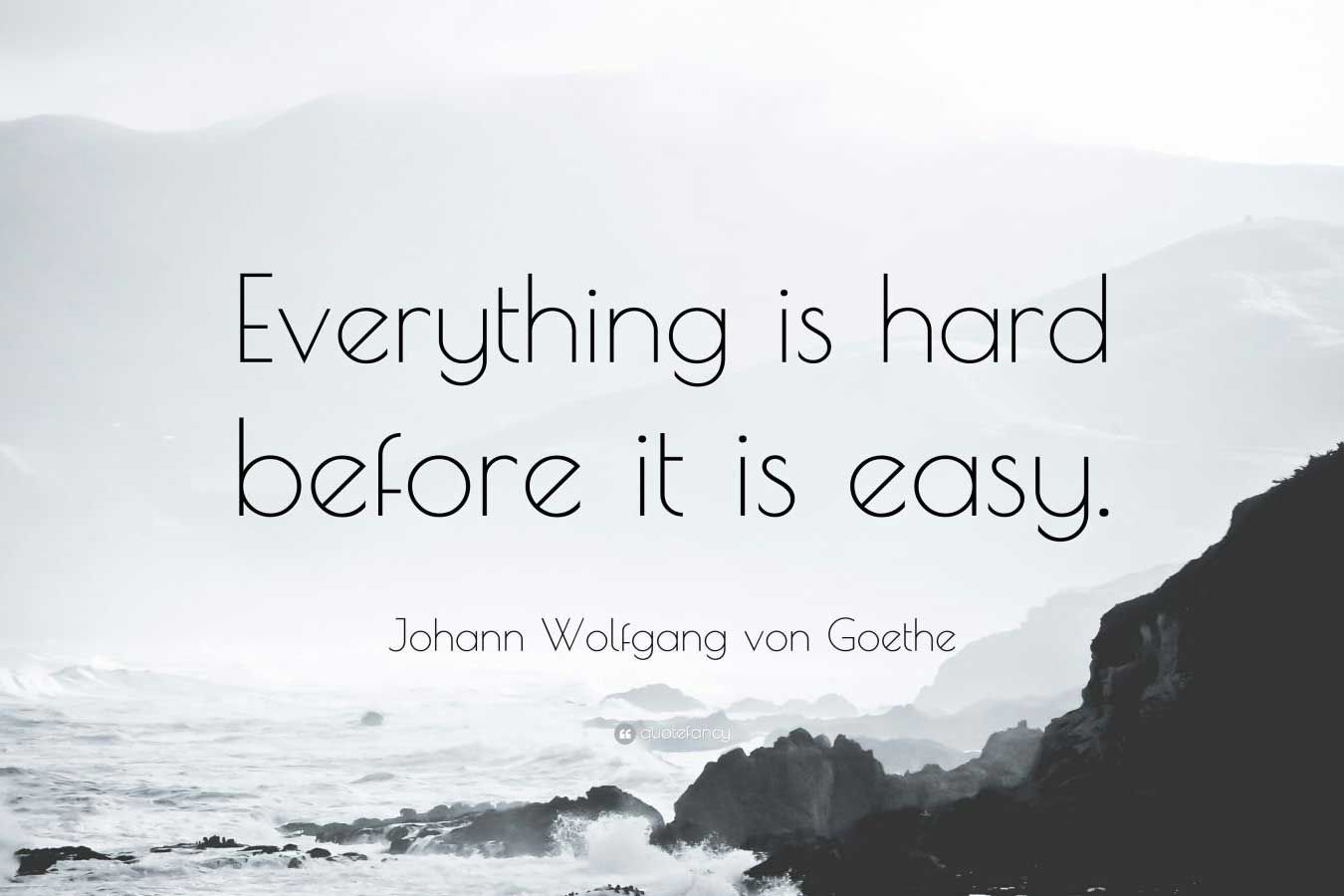The Biggest Challenges to Lean Implementation


Throughout the past couple of months, we have shared with you the philosophy and history of Lean Manufacturing, as well as some Lean tools. We hope this has made you consider pursuing your own Lean journey, if you have not already done so. However, although you now understand the concepts and benefits of Lean, you should also be aware of the challenges that await you when implementing Lean.
What are the Biggest Challenges?
Time Constraints
As much as we want to successfully implement Lean changes, we still have to get the business’ products/services out the door for our customers. So when planning to implement Lean, consider that significant time will be required at all levels of the company: time to train, time to value stream map, time to prioritize projects, time to implement specific projects, etc. In addition, each project implementation generally requires participation from multiple departments and levels of management and workers. The ultimate end goal may be time saved, but there is much time needed to get to this stage.
Lack of Adequate Resources
Not only does this include lack of budget, but also lack of training, lack of software solutions and lack of manufacturing hardware. As you progress on your Lean journey, you will not just be in need of more time, but you may need outside resources to help train everyone on the concepts and tools of Lean. You may find that a particular improvement requires automated computer processes that need to be programmed, or newer manufacturing equipment that can make items faster and/or at a higher quality level.
Miscalculations in Goal Setting
Poorly defined goals can end up being counterproductive to continuous improvement. Make sure that the areas you are looking to improve are business critical and that you have already done a thorough examination of all areas of the business to truly understand what problem areas need immediate attention and offer the greatest benefits from improvements made. At the very start, choose some improvements to work on that will be quick wins. This will build enthusiasm and help get you through the projects that are harder and longer to complete.
Resistance
Both front line workers and managers that are not fully informed of the objectives and benefits of continuous improvement may be resistant to the changes taking place from Lean. They may resist the time and effort needed to train on the concepts and tools. They may be concerned that their position in the company is threatened if improvements lead to layoffs. They may just internally resist changes to the comfortable status quo. Management at the very top of the organization must be fully onboard to address these concerns. Top level management has to lead the way and not just encourage employees to take this Lean journey, but show them how it is done and reward them for doing so.
Inconsistency in Efforts
One of the most important, and hardest, goals of continuous improvement is sustainability. Many companies have great enthusiasm and determination at the start of the journey, but once a few improvements are in place, the drive starts to dwindle and patterns/priorities begin to revert back to the old ways of doing things. It is imperative for companies to continually monitor their processes and make sure that improvements are sustained. The “continuous” in continuous improvement is there for a reason! The Lean journey never stops. Every company can find ways to further improve processes. If employees are not continuing to look for them, then it will be easy to fall back into the old ineffective processes of the past.
As daunting as these challenges may seem, the results are truly worth the effort. The greatest benefit of Lean is the change in the culture of your company. When employees begin to truly understand Lean and are focused on continuous improvement in their work environments, the improvements start to build exponentially. As employees are recognized and rewarded for their “Lean efforts,” employee engagement rises and improvements start to happen on their own – without poking and prodding from management. The result is not only a more efficient workplace, but a happier one as well!
By Ann Condon, Marketing Manager
Ann Condon has been with Dion for 17 years, working in Dion’s Marketing and Business Development Department. Although this was her first position with a jewelry manufacturer, she has learned a lot over the years. Ann enjoys getting involved in “All Things Dion” from volunteering at the Dion Golf Tournament to being a part of the Dion Diamonds Relay for Life Team. She has quite a number of Dion event t-shirts to show for it!
Five Obstacles to Implementing Lean in Small Business
By Nathan T. Navarro, MBA, Lean Six Sigma Black Belt
How to Overcome the Biggest Ogstacles to Kaizen Implementation
By Erica Rodrigues November 7, 2018